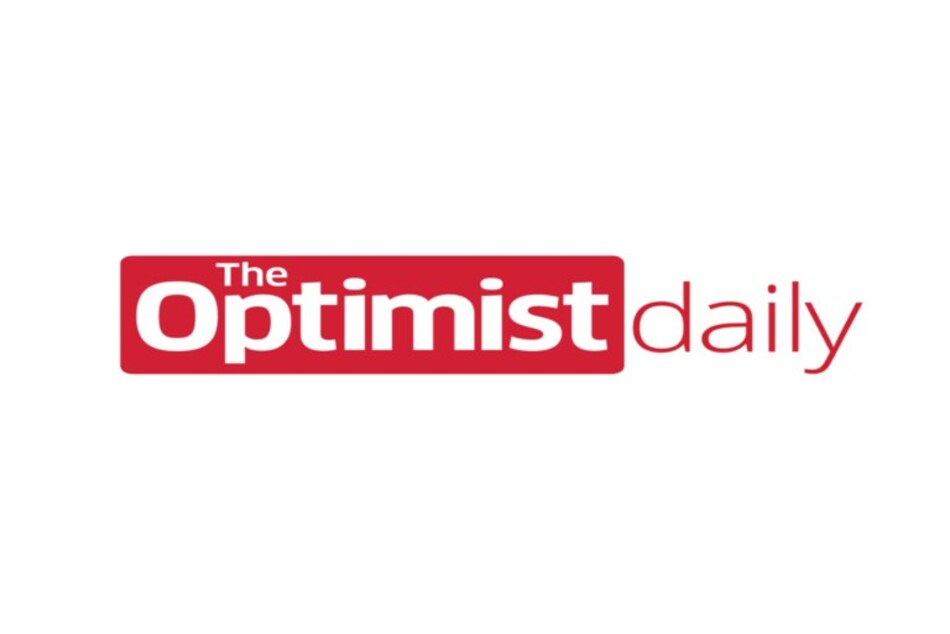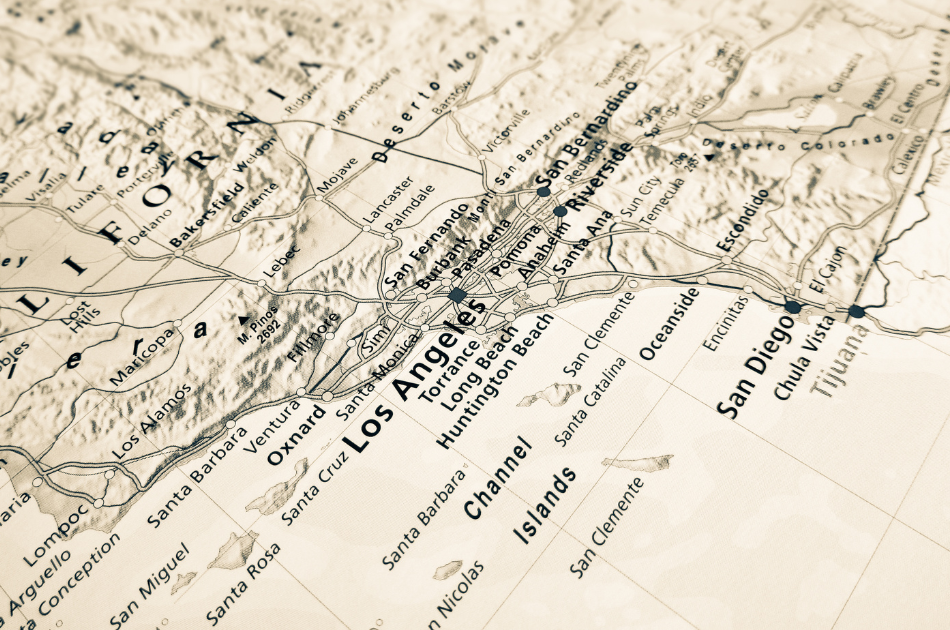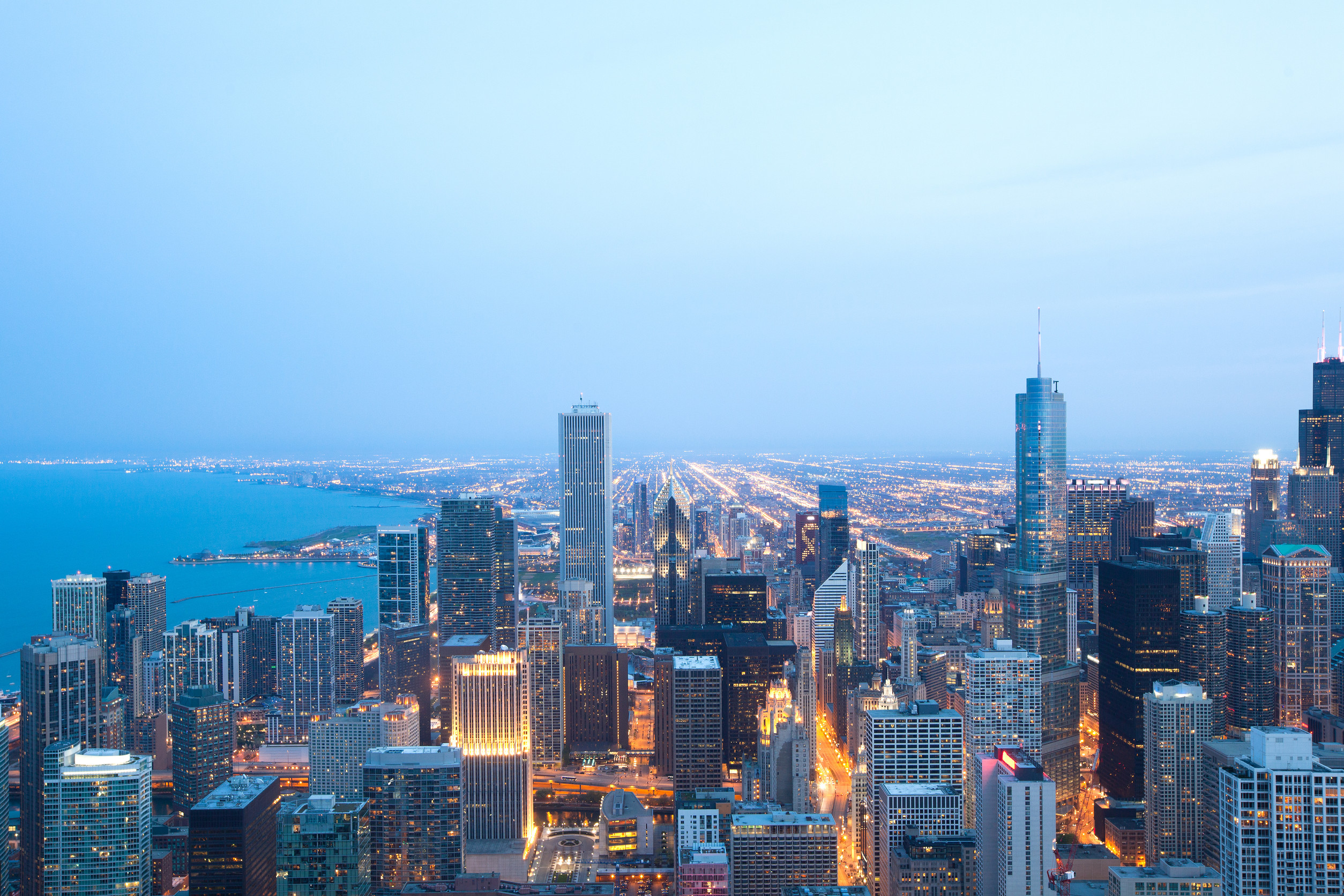All residents in Oklahoma are now eligible to receive a Covid-19 vaccine thanks, in large part, to the efforts of Native American tribes in the state. With the increased supply of all three vaccine types from the Indian Health Service, the Cherokee, Chickasaw, Osage, and Choctaw communities are finding themselves with more vaccines than arms to put them in, prompting them to open up immunization to all state residents as well as expand vaccine accessibility to the state’s most rural populations.
The Cherokee Nation has nine vaccination sites across Oklahoma and has administered more than 33,000 shots. The Chickasaw Nation has also administered more than 30,000 vaccines in their four drive-in sites, including one 16-lane drive-through site in the nation’s headquarters in Ada. However, both nations are reporting having trouble filling their available vaccination slots. Faced with a surplus, the Cherokee Nation first set to work ensuring that all vaccines set aside for tribal members were available to those who wanted them by running telephone vaccination registration lines with Cherokee language agents hired to schedule appointments. With vaccines still available, Oklahoma’s 39 tribal nations are collaborating to reach a broader audience.
Not only have Native American leaders expanded eligibility, but they’re also targeting groups who do not have easy access to medical resources. The Osage Nation purchased two 30-foot recreational vehicles which they have turned into mobile clinics to bring vaccinations to rural populations, while the Navajo Nation has employed strategic outreach teams to travel to rural towns and offer vaccinations as well as increased information about the safety and value of Covid-19 immunization.
Brian Hail, head of the Cherokee Nation’s vaccination program, says he believes that the vaccine surplus is due to hesitancy about potential side effects and a reduced sense of urgency with falling case numbers. Vaccines for all who want them is great news for Oklahoma, but it also calls attention to how marginalized or underserved groups can get left behind in public health initiatives. Many vulnerable individuals have not received vaccinations because they have limited information about the shots or they just don’t have a nearby medical clinic offering vaccines.
These Native American leaders are demonstrating how increased outreach and targeted availability can not only ensure all vaccine supplies are being used, but also that those extra shots are going to communities that need assistance most.












